Sundance 2015 has come and gone. I didn’t get to see as many movies as I would have liked, but I did improve my numbers since last year. I didn’t get to see the audience and jury winner ‘Me, Earl and the Dying Girl.’ Thankfully, most of the films that premiered at Sundance have been bought by the major studios, which means that we’ll be seeing them by mid-Summer.
’71
 Jack O’Connell (Unbroken) plays Gary Hook, a young British soldier who is sent with his squad to be a security force in the dangerous city of Belfast. In a revolt against the occupation, the citizens riot and Hook’s squad accidentally leaves him behind. For the next 24 hours, he is on the run throughout Belfast. He is hunted by several groups of IRA members. It’s basically an all night game of him trying not to be seen. This is basically Open Water, but instead of sharks, the IRA is after the protagonist.
Jack O’Connell (Unbroken) plays Gary Hook, a young British soldier who is sent with his squad to be a security force in the dangerous city of Belfast. In a revolt against the occupation, the citizens riot and Hook’s squad accidentally leaves him behind. For the next 24 hours, he is on the run throughout Belfast. He is hunted by several groups of IRA members. It’s basically an all night game of him trying not to be seen. This is basically Open Water, but instead of sharks, the IRA is after the protagonist.
’71 is a stranger in a strange land story. The environment shouldn’t be unfamiliar to Hook, but the fact that he is striving for survival against all odds makes this gritty experience threatening and suspenseful. The backdrop of the ghettos of Belfast make this story look like it could take place in the ’40s. When Private Hook is sent to Ireland instead of foreign soil, you sense his disappointment and feel some yourself. Doing small-time military service in Ireland makes him feel like he’s being wasted in his service. You share his disappointment in the mission until the crime and unrest of Belfast instills fear of the unknown. I couldn’t help but put myself into his shoes and wonder what I’d do in the same nightmarish situation.
I really liked the grittiness of ’71. Jack O’Connell is an amazing actor, that sadly had nothing to work with in Unbroken. It was a great role with half of a script. This movie, on the other hand, has a generic story that relies on mood and environment. While the politics and strife of the IRA and the British can usually feel tedious, ’71 delivers the drama and ultra-violence in a tight 99 minutes. B
Mississippi Grind
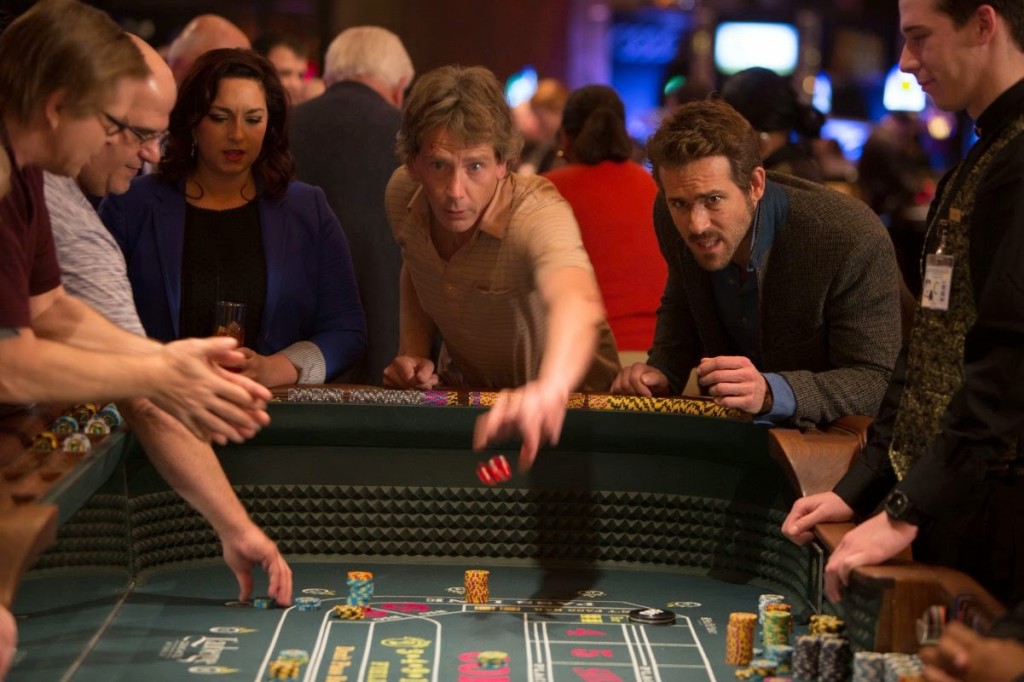 Gerry (Ben Mendelsohn) is a lifelong gambler, who typically finds himself burning through his tab while playing Texas Hold’Em at a local dive. He soon befriends a casual gambler in Curtis (Ryan Reynolds), who seems to be a good luck charm for Gerry. In an attempt to pay off his debts, Gerry enlists Curtis to take a road trip down to New Orleans for a high stakes poker tournament.
Gerry (Ben Mendelsohn) is a lifelong gambler, who typically finds himself burning through his tab while playing Texas Hold’Em at a local dive. He soon befriends a casual gambler in Curtis (Ryan Reynolds), who seems to be a good luck charm for Gerry. In an attempt to pay off his debts, Gerry enlists Curtis to take a road trip down to New Orleans for a high stakes poker tournament.
Ben Mendelsohn may not be as well known here, but he is one of Australia’s finest actors. Look no further than ‘Animal Kingdom’ or ‘Starred Up’ for proof. He usually plays stronger, more intimidating characters, but he plays Gerry as a weak loser who can’t help but gamble it all away, even after a big windfall. He’s not the only loser in this story. Reynolds’ Curtis is also a man who seems to have a winning personality, yet despises himself. You hope for the best for these two men, even though you can’t imagine them every making the best of any future situation.
This isn’t a straightforward gambling movie. Neither of these men are really professional gamblers. Gerry’s car stereo constantly plays a “Tips and Tricks to Read a Poker Table” CD. In essence, Mississippi Grind is a movie about friendship. On their way down south, these men makes stops in lesser-traveled regions of the South. Their friendship flourishes and diminishes along the way.
This is a character study where each actor shines. Reynolds has done more than enough to erase any connection with Green Lantern. The story of these two pathetic men feels almost hopeless, but the story is found in the journey, not at the end of the trip. That said, the ending is nearly perfect and punctuates all that came before it. B+
Digging For Fire
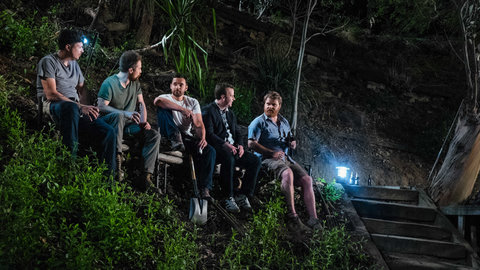 Tim (Jake Johnson) and Lee (Rosemarie DeWitt) are in a bit of a dry spell in their marriage. We enter their story as they are housesitting for one of Lee’s Hollywood clients. As Tim explores the lush grounds around the house, he finds a bone and an old, rotten gun. He excitedly shows his wife, but she tells him to worry about important things (like taxes) instead of digging around in someone else’s yard. Well, she and their son leave Tim for the weekend and, of course, he’s only interested in finding more bones in the yard.
Tim (Jake Johnson) and Lee (Rosemarie DeWitt) are in a bit of a dry spell in their marriage. We enter their story as they are housesitting for one of Lee’s Hollywood clients. As Tim explores the lush grounds around the house, he finds a bone and an old, rotten gun. He excitedly shows his wife, but she tells him to worry about important things (like taxes) instead of digging around in someone else’s yard. Well, she and their son leave Tim for the weekend and, of course, he’s only interested in finding more bones in the yard.
At this point, the movie follows Tim’s story at home and Lee’s weekend away. Tim has a bunch of his buddies show up to party. He’s joined by Sam Rockwell, Chris Messina, Mike Birbiglia, Anna Kendrick and Allison Brie. They basically get wasted and all end up digging for bones. Lee leaves her son with the grandparents and gets a night to herself. She soon meets a charming guy, played by Orlando Bloom. Both plots veer towards infidelity without making it the central story. Essentially, this random weekend apart determines if these two are still meant to be married.
The real standout here is Rosemarie DeWitt. She seems to be the only one (besides bit parts by Bloom and Brie) who is there to act and not just spend the time getting paid to party at the director’s rich friend’s house. She captures the ironical loneliness that this couple has become.
The cast list is fantastic. It’s a shame that they are given nothing to do. Seriously, I didn’t think it was possible to waste Sam Rockwell. Apparently it is. The appearance of each character is only meant to make you say “Hey! It’s that guy/girl that I like better in other movies!”
Digging for Fire is an average coming-of-age marriage story. It shows the highs and lows of marriage, but nothing sets it apart as memorable. The only thing that makes it unique is a random subplot of digging to find bones. It works well as a Sundance movie, but it doesn’t know if it wants to be a drama or comedy. C
The Nightmare
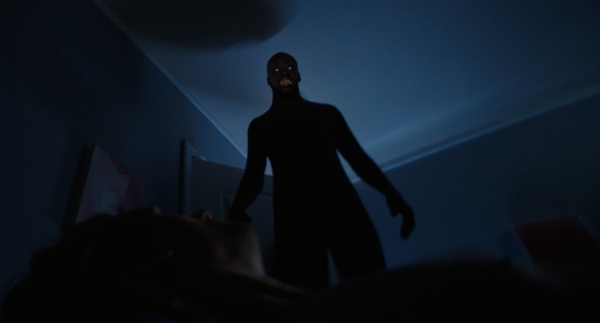 Rodney Ascher’s last movie was the documentary ‘Room 237.’ For that experience, he interviewed a number of leading experts about their theories and conspiracies as to what Kubrick’s The Shining is really about. The theories are so completely nuts that it makes the movie a little hard to watch.
Rodney Ascher’s last movie was the documentary ‘Room 237.’ For that experience, he interviewed a number of leading experts about their theories and conspiracies as to what Kubrick’s The Shining is really about. The theories are so completely nuts that it makes the movie a little hard to watch.
With his follow-up, The Nightmare, he sticks with the documentary format. Only this time, his focus is on finding people who suffer with nightly sleep paralysis. He interviews eight people who all go through similar and horrific experiences that have followed them throughout their lives. While each subject is sharing their experiences, Ascher dramatizes each story by filming what they saw. Every time a person mentions a shadowy figure slinking into the room, we see it.
The practice of creating a dramatized documentary helps the audience to get past monotone talking heads and see a representation of what these people suffer with. It’s a great technique, but it loses its luster quickly. Nearly every one of the interviewees share the same story with the same monsters. The coincidence is eerie, but the repetitive nature of the nightmare visions becomes less scary and more monotonous over the running time. I’m not sure if this documentary was meant to be terrifying or just a look into the madness these people endure. With jump scares and a few genuine thrills, the filmmaker may not have known himself.
Using eight subjects is a little bulky. Had Ascher tightened it up with six, then I may have cared about each person. As it stood, I was just waiting for another cool cutscene of The Hat Man.
The subject of sleep paralysis is fascinating and something I pray I never deal with. I wish this were less repetitive in terms of shadow people and more diverse in terms of the night terrors that people experience. Though I’ll never be sad that a documentary about sleep paralysis demons exists. B-
The Wolfpack
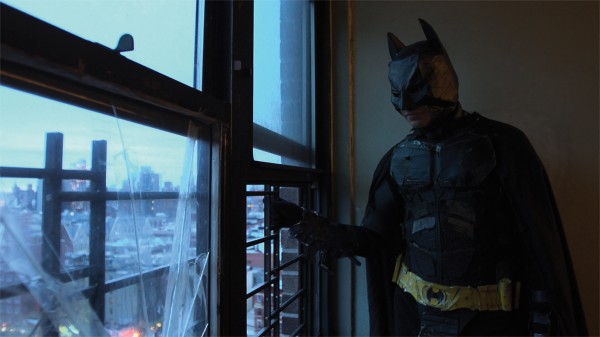 I finished up my experience with the festival at the Best of Fest, where the winning movies are replayed for local audiences. I had the opportunity to see the winner of the Jury prize for the US Documentary category.
I finished up my experience with the festival at the Best of Fest, where the winning movies are replayed for local audiences. I had the opportunity to see the winner of the Jury prize for the US Documentary category.
On the outside, The Wolfpack seems so simple. It shows six young men living in a ghetto apartment on New York’s Lower East Side. They have never truly been allowed to go outside. Cooped up inside, they rely on watching movies to teach them about the world. These boys then act out the movies to pass the time. Their reenactments are overwhelmingly entertaining, but that’s only part of their story. We get to know each of these boys and witness the prison-like environment that their father has subjected them to.
Amazingly, these boys are all very well adjusted. Their mom (who is also a captive) has home schooled them and done an amazing job. Yet half of their education comes from the history of film. Their speech patterns are heavily influenced by the works of Scorcese, Tarantino and Orson Welles, among countless others.
The boys describe that there have been years where they were allowed to go outside 9 times. There have also been years where they didn’t go outside once. As this film progresses, we get to experience the world from these new sets of eyes. The only way they can describe it is movie-based language. They talk about green grass saying that it’s in 3D. They see a few trees and compare it to a forest from Lord of the Rings.
Basically, this movie is heartbreaking and inspiring. Heartbreaking because people in authority can use their influence to destroy an upbringing. Inspiring because the human spirit can overcome set boundaries.
At first, I was bugged that The Wolfpack had very little direction. It felt like it was trying to find its legs with a narrative. Yet, as it progressed, I accepted that I was watching life unfold. It didn’t need to set the story agenda. A-

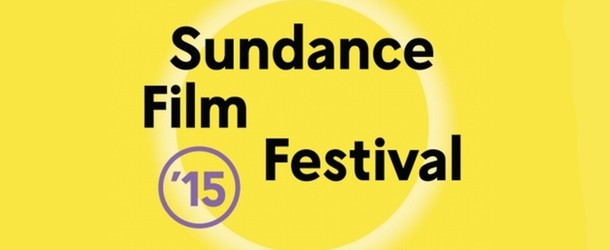





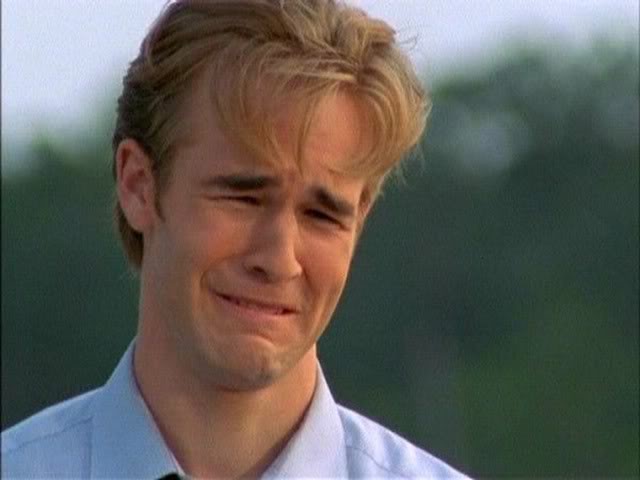

Comments are closed.